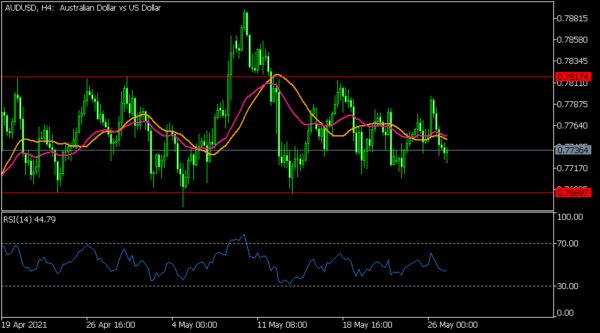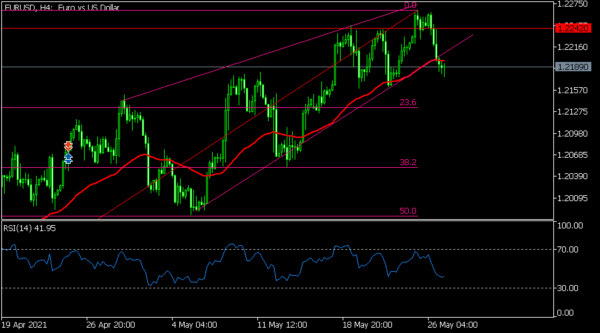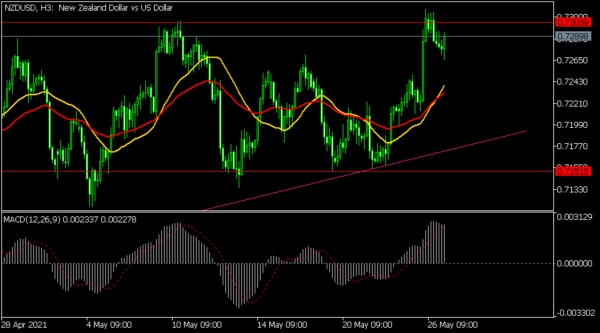The Australian dollar was little changed in early trading as traders reflected on the latest China industrial profit Australian capital expenditure data. According to the Chinese statistics agency, industrial production rose by 57% in April after rising by 92.30% in the previous month. Year-to-date, production has jumped by 106.1%. This is a sign that the Chinese economy is doing modestly well as global demand rises. Meanwhile, in Australia, building capital expenditure rose by 3.8% in the first quarter while plant and machinery rose by 9.1%. In total, the new private capital expenditure rose by 6.3%. These numbers are an important component of the GDP.
The US dollar firmed against most currencies ahead of the latest GDP data. The second release is expected to show that the economy grew by 6.4% in the first quarter helped by the $2.8 trillion stimulus package offered by the government. While the GDP data is important, the second reading does not have a major impact on the US dollar/ The currency will react to the latest initial jobless claims numbers that are expected to show another weekly decline. It will also react to the latest pending home sales numbers. On Tuesday, data revealed that new home sales dropped in April while prices jumped to the highest level in 15 years.
The price of crude oil held steady after relatively bullish inventories data. According to the Energy Information Administration (EIA), the number of inventories dropped by more than 1.66 million barrels last week. This was a bigger drop than the expected 1.05 million and last week’s drop of 402k barrels. The US imported 265k barrels of oil while the weekly distillate stocks fell by more than 3 million barrels. Analysts believe that oil prices will keep rising as global demand grows.
AUD/USD
The AUD/USD pair declined to 0.7720 as the US dollar firmed. On the four-hour chart, the pair has formed a rectangle pattern whose support and resistance are at 0.7690 and 0.7817, respectively. The price is between the 38.2% and 50% Fibonacci retracement and is slightly below the 25-day and 15-day moving average. Also, the Relative Strength Index (RSI) has declined to 44. The pair will likely remain in the current range ahead of the US GDP data.
EUR/USD
The EUR/USD dropped to a low of 1.2173 because of the stronger US dollar. This drop happened two days after the pair jumped to the highest level since February this year. On the four-hour chart, the pair managed to cross the 25-day MA for the first time in two weeks. It also moved below the lower side of the ascending channel. Therefore, after breaking out, the pair may keep falling as bears target the 61.8% retracement at 1.2133.
NZD/USD
The NZD/USD pair is hovering near its highest point yesterday after the latest Reserve Bank of New Zealand (RBNZ) data. It is trading at 0.7290, which is slightly below yesterday’s high of 0.7313. The price is forming a bullish consolidation pattern while the MACD has moved above the neutral level. Therefore, the pair may keep rising with the next level to watch being the resistance at 0.7400.















